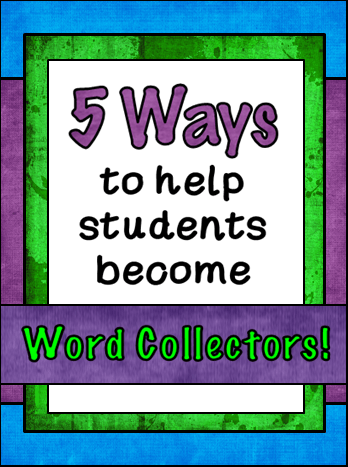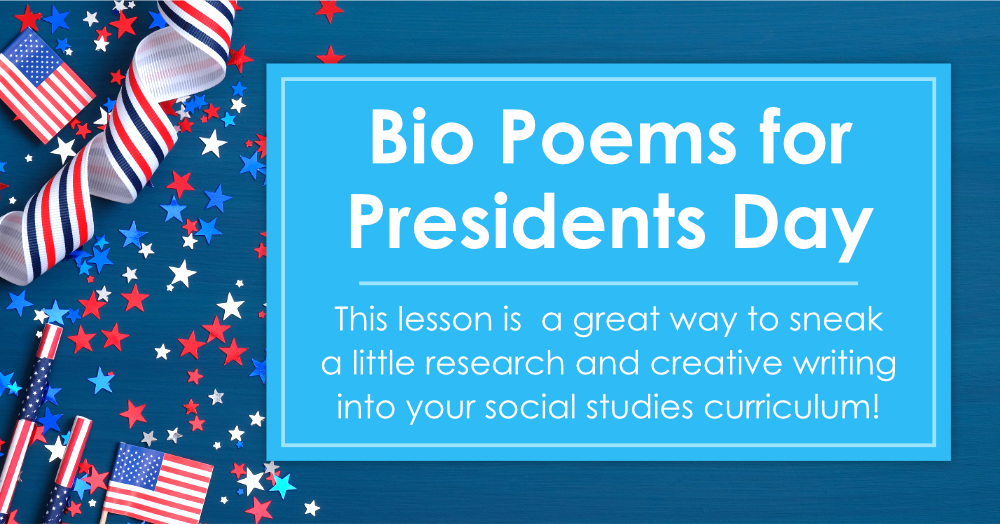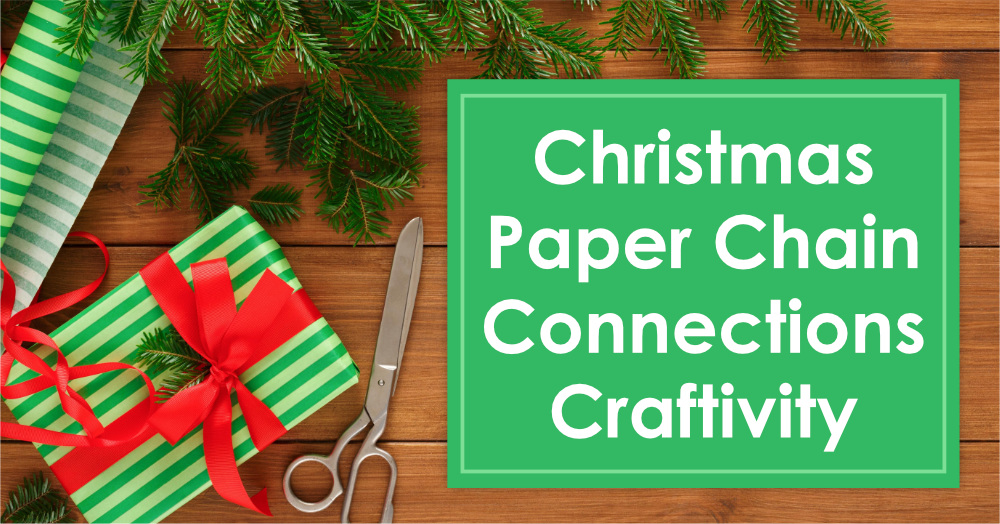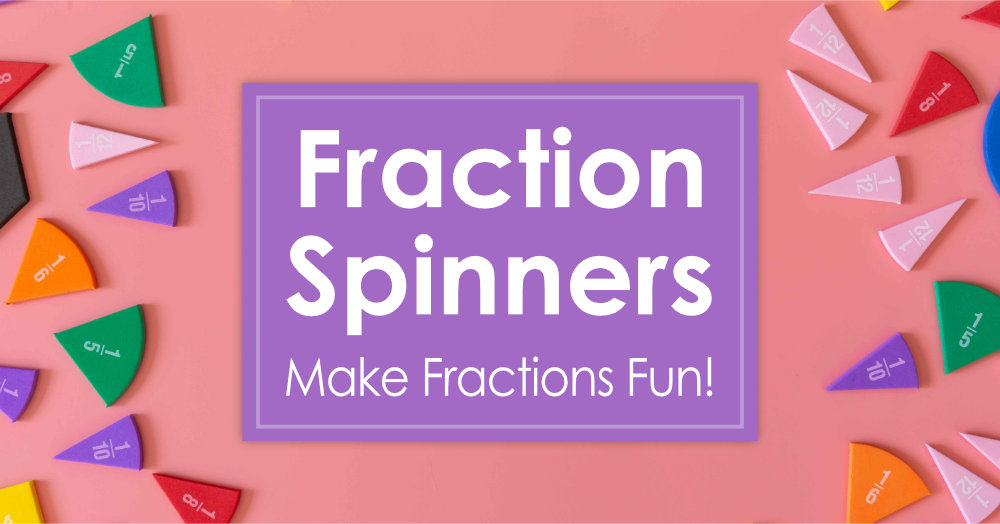Guest post by Meg at The Teacher Studio.
The research is clear — children who have rich vocabularies and who are given the opportunity to learn new words have a much higher academic success rate. Although it is certainly possible to explicitly teach vocabulary, I love to incorporate “word collecting” in everything we do.
I have 5 ways for you to help YOUR students become Word Collectors — learners who notice, learn, and use interesting and meaningful words!
1. Encourage reading!
Pretty obvious, right? Read aloud to your students. Encourage them to read. Immerse them in quality literature with rich language. Whether you read aloud picture books and stop and savor a particularly interesting word, whether you pick a chapter book that can help you deliberately expose students to new words (Have you seen “The Willoughby’s” by Lois Lowry or “The Word Eater” by Mary Amato? Each of these books has vocabulary as a key part of the story! Otherwise, help your students become more tuned into new words you encounter in books my recording them as you find them and discuss them. Encourage students to make them their own and to use them…after we tracked some of the great vocabulary in “Shredderman”, all year my students “hoisted” their backpacks and noticed when people “cringed”. They loved it!
2. Model classroom discourse!
Hearing and using rich language serves a number of purposes–from modeling sophisticated language to showing that you, yourself, are interested in language. Helping students rephrase their idea or restating your own to add in more varied vocabulary is a way to infuse more “word collecting” into your daily classroom discussions. What might this look like? Check out the following dialogue:
Student: I tried and tried until I got the right answer.
Teacher: I love that you tried even when it was tough! That’s called “perseverance”. Can anyone else think of a time you “persevered” when things were tricky for you?
Getting better at infusing vocabulary into what WE do models for students what THEY can do. Students, by nature, love to learn new words, so we need to make sure we provide them with our expertise!
3. Study content!
As we teach our content…whether it be math or literacy or science, we need to make sure we are using the language of the discipline. There are many ways to make sure students have access to the vocabulary they need to learn, discuss, and apply new knowledge. Check out the following pictures for some ideas on how to keep content area vocabulary visible and useful to students.
 |
This anchor chart stays up throughout an entire unit on essay writing. Teachers and students can refer to it to make sure everyone uses common “language of essays” – especially if some of the terms are new.
 |
Here’s a great way to review vocabulary from a unit. The students brainstormed a list of vocabulary terms studied in an electricity unit. Then they came up to the smart board and “connected” terms they felt went together, and explained how the terms related to each other. You could do with with any unit.
 |
When doing research, ask students to keep track of a list of vocabulary about their topics they feel any “expert” would need to know about the topic. In addition to making sure they use this vocabulary, it serves as a discussion point and a way for them to consciously decide which terms truly match their topics.
Many teachers display unit vocabulary on a bulletin board or have students write them in their notebooks –do whatever makes sense for you to keep those key words accessible to your students.
4. Make it accessible!
What do I mean by that? We need to do what we can to make words accessible to students. Studying prefixes, roots, and suffixes can help students learn the meanings of new words they encounter. Going on word “hunts” as they read can reinforce those concepts as you teach them. Check out these two examples of charts created with students as they collected words.
 |
This chart evolved as we studied the different types of words that end in “ing”. Students would find words in their reading or the world around them, write them on sticky notes to give to me, and then we talked about them. We learned about spelling patterns (dropping those pesky “e’s”!), about how some “ing” words are nouns and some are verbs and some are adjectives – and more!
We have hunted for different prefixes, for words that make sounds (onomatopoeia), words that have multiple meanings–and more!
5. Celebrate Words!
Above all, model having fun with words! Play with words. Celebrate words. Notice words. Consider creating a bulletin board display “graffiti board” where students can jot down nifty words they find. Point out and encourage students to point out words they learn–or words they WANT to learn. Depending on your group, consider giving each student a “Word Collector” notebook…I LOVE giving students these little notebooks where they can really take ownership of their own word collections. Enjoy!
Meg has been teaching for more than 20 years and loves making a difference in students’ lives by helping them see how fun and meaningful learning can be! She also loves teaching and working with adults, whether it be doing teacher training, blogging, or creating resources to help push teachers to try new things! Stop by her blog at The Teacher Studio for more ideas!









